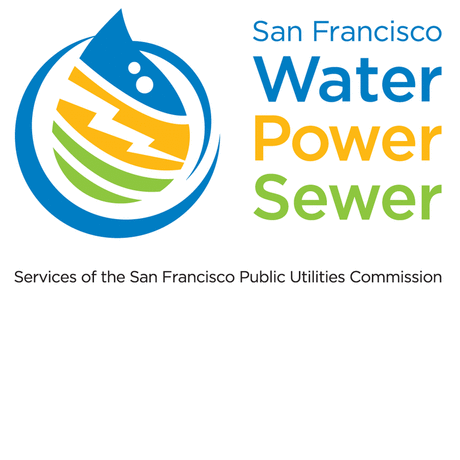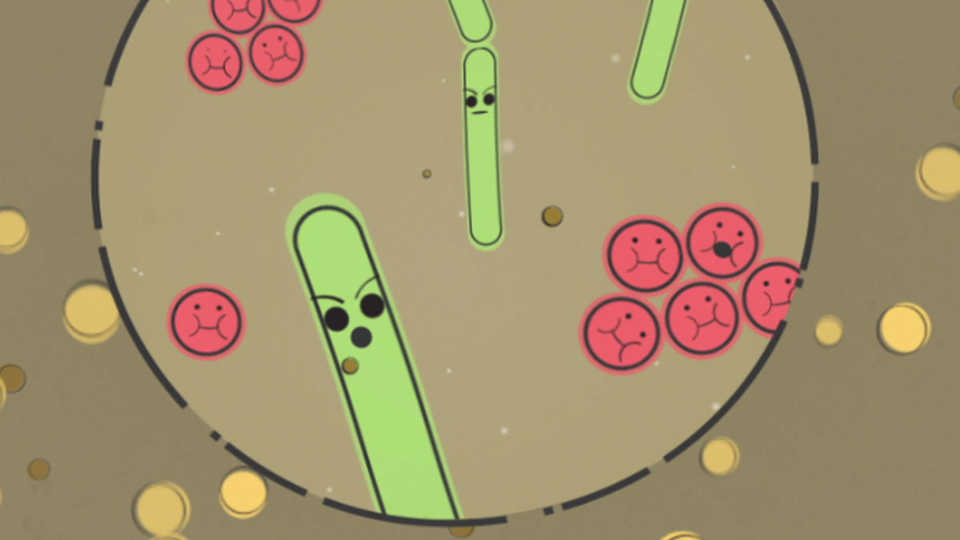The Institute is generously supported by an anonymous donor, the Clarence E. Heller Charitable Foundation, the Horace W. Goldsmith Foundation, and the San Francisco Public Utilities Commission.


Students will watch The Story of Poo, accessing prior knowledge and experiences to build on what they learn from the video. Then, they'll use the worksheet to reflect on how wastewater in our sewers produces energy and nutrients for further use by people!
Through this video and activity students will:
The Story of Poo answers the question of what happens after we flush the toilet in San Francisco. We meet a young inquisitive San Francisco student who leads us through the ins and outs of our city's sewer system and treatment facilities. Together we learn where our poo goes, how it is treated and where energy is captured along the way.
This concise and engaging video supports students’ learning about how engineering helps keep our local environment healthy.
Introduce the video to the class. Then, ask the following questions and allow for share outs or partner talk:
Watch the video all the way through.
● Hand out the Poo=Energy Worksheet, one per student.
● Rewatch the video and have the class closely consider the stages of wastewater processing highlighted on the worksheet and their impact on the environment. The clean water from the treatment plant flows to the Pacific Ocean.
(Tip: stop video to allow for immediate discussion and note taking after each stage)
● Encourage students to collaborate throughout the discussion and to make notes onto the worksheet in the spaces provided.
Bring students back together. Have students discuss:
Build a digester with this lesson from Teach Engineering!
Disciplinary Core Ideas
Cross-Cutting Concepts
Big Idea 3 (3-5): Energy and fuels that humans use are derived from natural sources, and their use affects the environment in multiple ways.
The Institute is generously supported by an anonymous donor, the Clarence E. Heller Charitable Foundation, the Horace W. Goldsmith Foundation, and the San Francisco Public Utilities Commission.
